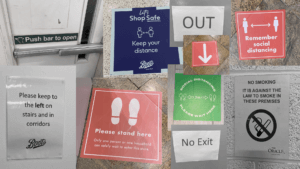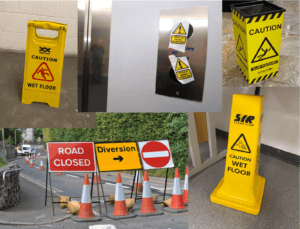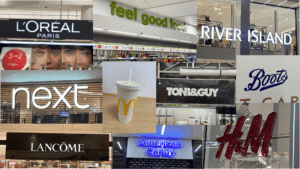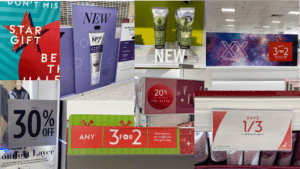Taking Picture from the Surrounding
The Best 3 Images
- A tiny corner from a mental fence
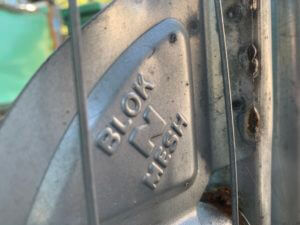
2. The parking label on the floor
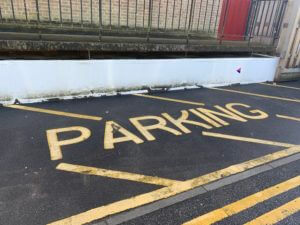
3. The building name of Contraction Management and Engineering
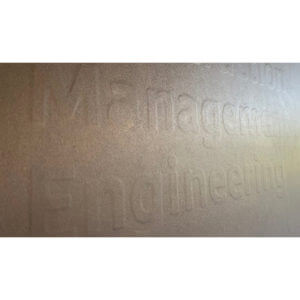
When I was searching around the campus, instead of taking pictures of large scale objects, I chose to look at some converted places. I took the above image from an undertaking area where they fenced up the whole building. I started looking closely at any objects and I found that so interesting I would never see those fonts on the fence if I was not standing in front of it at a certain distance. Not only did the distance matter, the angle of how you observe the thing also affect the look of the font. For example, I took the first picture and the third one in a side approach, rather than facing in front of the object. This way can show the depth of the font and create a three-dimensional effect. I liked how these fonts are carefully and neatly done for the second image. It was also interesting to see which strokes got written first, as the texture of its paint shows the layer of brushstrokes.
Grouping those Pictures in Different Category Orders
1. Angle (Looking downwards)
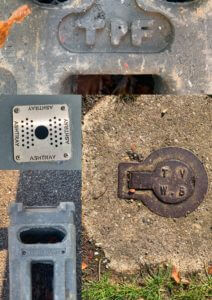
2. Material (Mental)
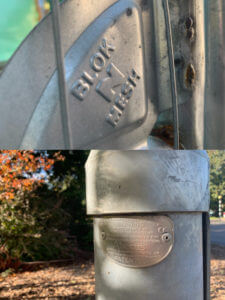
3. Colour scheme
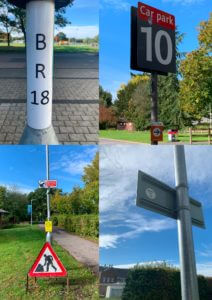
4. Object (Building’s names)
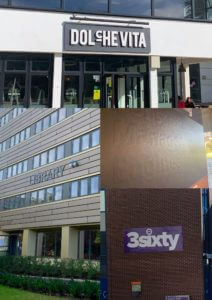
Classifying is an action to grouping up things that share some same characteristics. I tried to find their obvious similarities between each other, such as the first one, all of those pictures are taken in a downwards angle, from top to down, overlooking at those objects. This in fact shows no depth but only plainness. Another example, some images share the same colour palette, the blue sky, the redness from those signs and the green grass.
Self-reflection
This one-day project was really a fun time to experience around the campus. In fact, we seldom have time to hang around and observe things in detail, but today I finally got a chance to have a closer look at anything else in the surrounding. Moreover, I learnt about how letterings corporate with the environment. Some of them with only the intention of decorating purpose, some of them being particularly legible to readers, all letterings have their own function. Overall, it was such an interesting project to do individually or with classmates.

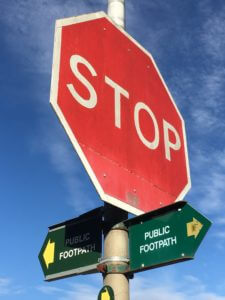

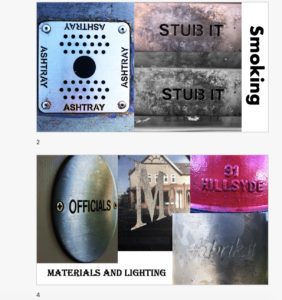
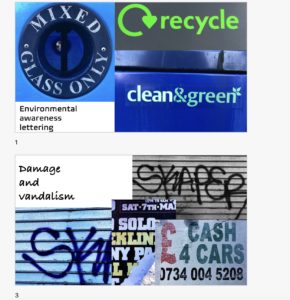
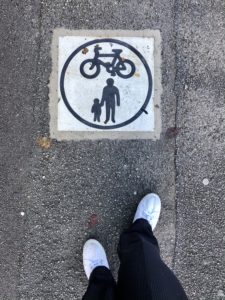
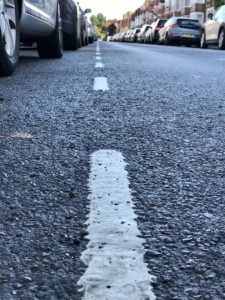
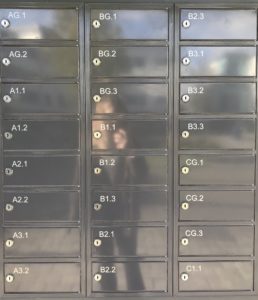
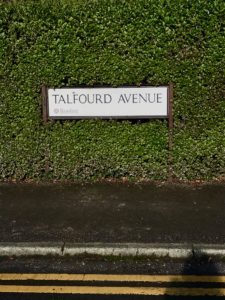
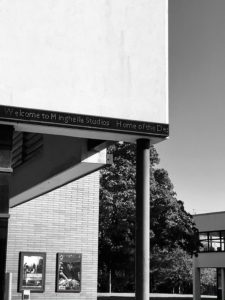
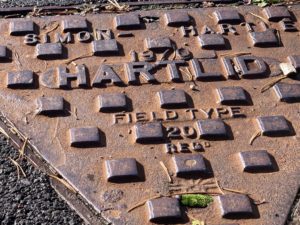 windy day on Monday and our task for the day was to take pictures of letterings that fascinated us around the campus. After exploring the campus and taking pictures for 2 hours we were then asked to organise the images whatever way we like.
windy day on Monday and our task for the day was to take pictures of letterings that fascinated us around the campus. After exploring the campus and taking pictures for 2 hours we were then asked to organise the images whatever way we like.